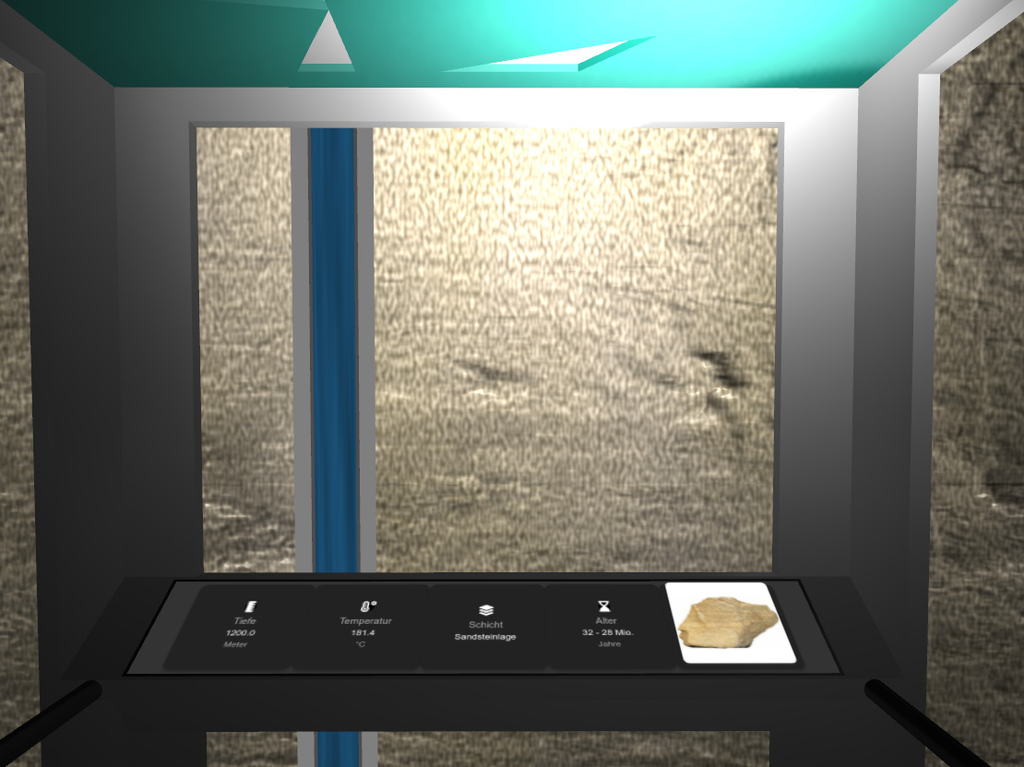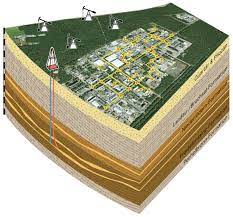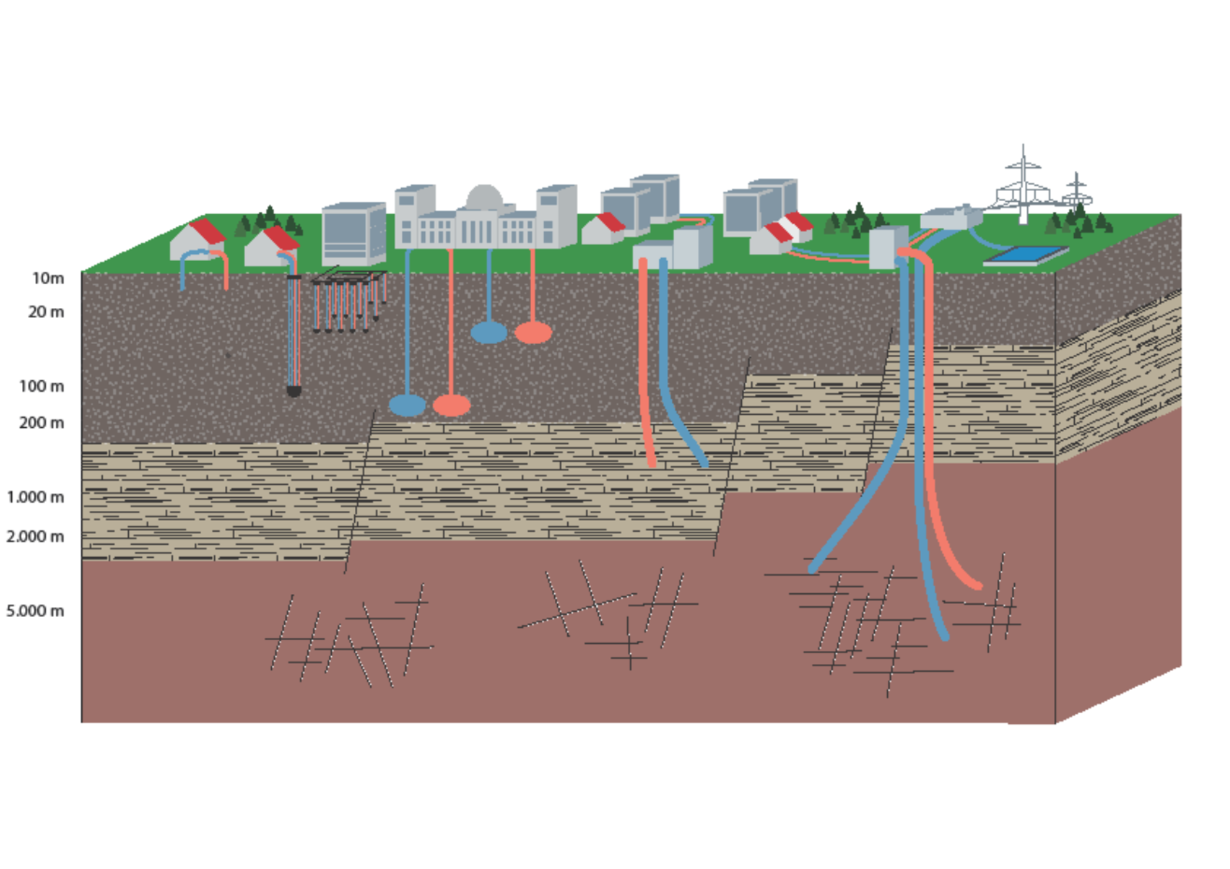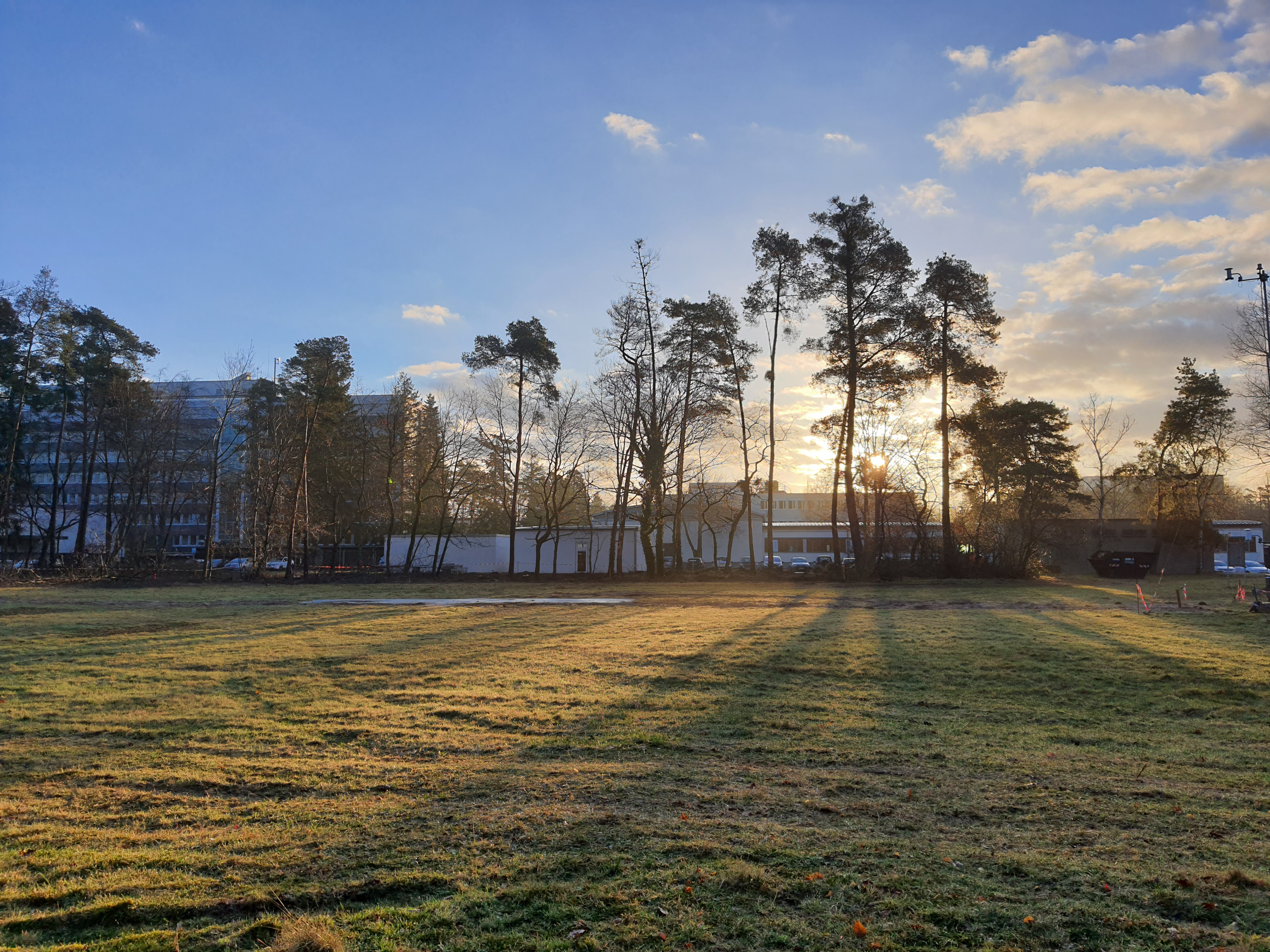
Deep underground storage: thermal energy for tomorrow
Dive into the underground with us!

The state secretary from the Ministry of the Environment of Baden-Württemberg Dr. Andre Baumann visited the geoenergy campus at KIT on August 21, 23 together with Alexander Salomon and Hans-Peter Behrens.
Research and research infrastructures for the geoenergy transition
More than 75% of primary energy in Germany is still of a fossil nature and is obtained from the geosphere, the subsurface. For a future climate-neutral energy system, a geoenergy transition must therefore be brought about as a matter of priority.
The use of the deep underground creates new perspectives here, especially for the heat transition: Heat from deep underground, deep geothermal energy, is available everywhere depending on the depth and can primarily supply heating networks in the future. The subsurface can also play a role in another important aspect of the energy transition: the low-loss storage of energy in large quantities.
Both technologies are also set to supply cities and communities in the Upper Rhine Graben in the future. The Karlsruhe Institute of Technology is addressing the outstanding research questions with its own research infrastructures and also with a view to its own energy transition. The DeepStor research infrastructure is investigating heat storage in connection with heating networks.

Was ist DeepStor?
link
Chancen und Risiken
link
